Grow Raspberries at Home – imagine stepping into your backyard and plucking juicy, sun-ripened raspberries straight from the vine! Sounds like a dream, right? Well, it doesn’t have to be! This DIY guide is your ticket to transforming your garden (or even a sunny balcony) into a personal raspberry patch.
Raspberries have a rich history, enjoyed for centuries for their delicious flavor and health benefits. From ancient medicinal uses to being a symbol of kindness and goodness in some cultures, these berries have always held a special place. But you don’t need to be a seasoned gardener to enjoy them fresh from your own plants.
Let’s face it, store-bought raspberries can be expensive and often lack the vibrant flavor of homegrown ones. Plus, there’s nothing quite like the satisfaction of nurturing your own food. This DIY guide will provide you with simple, effective tricks and hacks to grow raspberries at home, even if you have limited space or experience. We’ll cover everything from choosing the right variety to protecting your precious berries from pests. Get ready to enjoy a bountiful harvest and impress your friends and family with your green thumb!
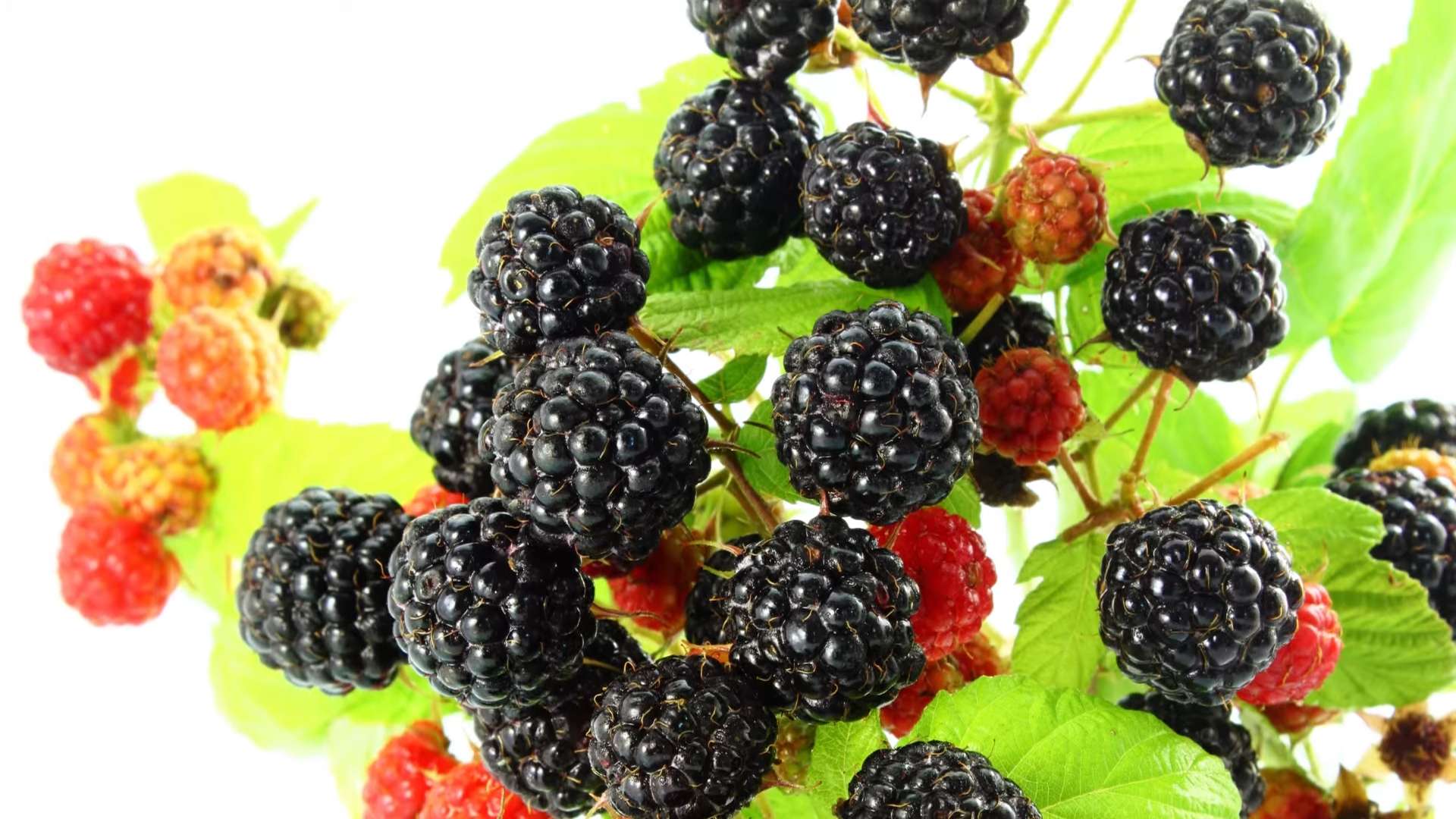
Grow Your Own Delicious Raspberries: A DIY Guide
Hey there, fellow gardening enthusiasts! I’m so excited to share my experience and guide you through the process of growing your own raspberries at home. There’s nothing quite like the taste of fresh, homegrown raspberries, and trust me, it’s easier than you might think! This guide will cover everything from choosing the right variety to harvesting your juicy bounty. Let’s get started!
Choosing the Right Raspberry Variety
Before you even think about digging in the dirt, you need to decide which type of raspberry is right for you. There are two main types:
* Summer-Bearing Raspberries: These produce one large crop of fruit in the summer, usually in June or July. They require more pruning but often yield a larger harvest.
* Everbearing (or Fall-Bearing) Raspberries: These produce two crops – one in the fall on the current year’s growth and another smaller crop the following summer on the previous year’s growth. I personally prefer everbearing varieties because I get to enjoy raspberries for a longer period!
Within these two categories, there are tons of different cultivars. Here are a few popular and reliable choices:
* Summer-Bearing:
* ‘Boyne’: A very hardy variety, perfect for colder climates.
* ‘Latham’: Another cold-hardy option, known for its disease resistance.
* ‘Meeker’: Produces large, flavorful berries.
* Everbearing:
* ‘Heritage’: A classic everbearing variety, known for its reliability and excellent flavor. This is what I started with!
* ‘Autumn Bliss’: Produces large, firm berries with a good flavor.
* ‘Joan J’: Thornless variety, making harvesting a breeze!
Consider your climate, space, and desired harvest time when making your selection. Local nurseries are a great resource for finding varieties that thrive in your area.
Preparing the Planting Site
Raspberries need a sunny spot with well-drained soil. They prefer slightly acidic soil with a pH between 6.0 and 6.8. Here’s how to prepare your planting site:
1. Choose a Sunny Location: Raspberries need at least 6-8 hours of direct sunlight per day. More sun equals more berries!
2. Test Your Soil: A soil test will tell you the pH and nutrient levels of your soil. You can purchase a soil test kit at most garden centers or send a sample to your local agricultural extension office.
3. Amend the Soil: Based on your soil test results, amend the soil as needed.
* For acidic soil: Add lime to raise the pH.
* For alkaline soil: Add sulfur or peat moss to lower the pH.
* For poor drainage: Incorporate compost, well-rotted manure, or other organic matter to improve drainage.
4. Clear the Area: Remove any weeds, grass, rocks, or other debris from the planting area. Raspberries don’t like competition!
5. Dig a Trench or Individual Holes: If you’re planting multiple raspberry plants, dig a trench that’s about 12-18 inches wide and 12 inches deep. If you’re planting individual plants, dig holes that are large enough to accommodate the root ball.
Planting Your Raspberry Canes
Now for the fun part – planting! Here’s how to plant your raspberry canes:
1. Soak the Roots: Before planting, soak the roots of your raspberry canes in water for about 30 minutes. This will help them rehydrate and get off to a good start.
2. Space the Plants: Space summer-bearing raspberries about 2-3 feet apart in rows that are 8-10 feet apart. Space everbearing raspberries about 1.5-2 feet apart in rows that are 8-10 feet apart.
3. Plant at the Correct Depth: Plant the raspberry canes at the same depth they were growing in the nursery container. The top of the root ball should be level with the soil surface.
4. Backfill with Soil: Gently backfill the hole or trench with soil, firming it around the roots.
5. Water Thoroughly: Water the newly planted raspberry canes thoroughly to settle the soil and provide moisture.
6. Mulch: Apply a layer of mulch around the plants to help retain moisture, suppress weeds, and regulate soil temperature. I like to use wood chips or straw.
Caring for Your Raspberry Plants
Raspberries require regular care to thrive. Here’s what you need to do:
* Watering: Water your raspberry plants regularly, especially during dry periods. Aim for about 1 inch of water per week.
* Fertilizing: Fertilize your raspberry plants in the spring with a balanced fertilizer. Follow the instructions on the fertilizer label. I use a fertilizer specifically formulated for berries.
* Weeding: Keep the area around your raspberry plants free of weeds. Weeds compete with the raspberries for water and nutrients.
* Pruning: Pruning is essential for maintaining healthy raspberry plants and maximizing fruit production. The pruning techniques differ slightly depending on whether you have summer-bearing or everbearing raspberries.
Pruning Summer-Bearing Raspberries
Summer-bearing raspberries produce fruit on the previous year’s growth (called floricanes). Here’s how to prune them:
1. After Harvest: Immediately after harvest, cut the floricanes (the canes that produced fruit) down to the ground. These canes will not produce fruit again.
2. Thin the New Canes: In the spring, thin the new canes (called primocanes) to about 4-6 inches apart. This will improve air circulation and sunlight penetration.
3. Support the Canes: Summer-bearing raspberries can get quite tall and may need support. You can use a trellis system or simply tie the canes to stakes.
Pruning Everbearing Raspberries
Everbearing raspberries produce fruit on the current year’s growth (primocanes) in the fall and on the previous year’s growth (floricanes) in the summer. Here are two pruning options:
* Option 1 (Two Crops):
1. After the Fall Harvest: Cut off the top portion of the canes that produced fruit in the fall, down to the point where the canes did not produce fruit.
2. In the Spring: Thin the remaining canes to about 4-6 inches apart.
3. After the Summer Harvest: Cut the floricanes (the canes that produced fruit in the summer) down to the ground.
* Option 2 (One Large Fall Crop):
1. In Late Winter or Early Spring: Cut all the canes down to the ground. This will eliminate the summer crop but result in a larger, more concentrated fall crop. This is the method I prefer because it’s simpler and I get a bigger fall harvest.
Dealing with Pests and Diseases
Raspberries can be susceptible to certain pests and diseases. Here are a few common problems and how to deal with them:
* Japanese Beetles: These beetles can skeletonize the leaves of your raspberry plants. Handpick them off the plants and drop them into a bucket of soapy water.
* Raspberry Cane Borers: These insects bore into the canes, causing them to wilt and die. Prune out and destroy any infested canes.
* Anthracnose: This fungal disease causes small, sunken spots on the canes and leaves. Improve air circulation by pruning and removing weeds. You can also apply a fungicide if necessary.
* Root Rot: This fungal disease can occur in poorly drained soil. Improve drainage by amending the soil with organic matter.
Regularly inspect your raspberry plants for signs of pests or diseases. Early detection and treatment can prevent serious problems.
Harvesting Your Raspberries
The moment you’ve been waiting for – harvesting your raspberries! Raspberries are typically ready to harvest when they are plump, juicy, and easily pull away from the stem.
1. Harvest Regularly: Check your raspberry plants every few days during the harvest season. Raspberries ripen quickly, so you’ll want to harvest them frequently to prevent them from becoming overripe.
2. Handle Gently: Raspberries are delicate, so handle them gently to avoid bruising.
3. Store Properly: Store your harvested raspberries in the refrigerator. They will keep for a few days. You can also freeze them for longer storage. I like to spread them out on a baking sheet to freeze them individually before transferring them to a freezer bag. This prevents them from clumping together.
Enjoying Your Homegrown Raspberries
Now that you’ve harvested your delicious raspberries, it’s time to enjoy them! Here are a few ideas:
* Eat them fresh: There’s nothing better than eating fresh, sun-ri
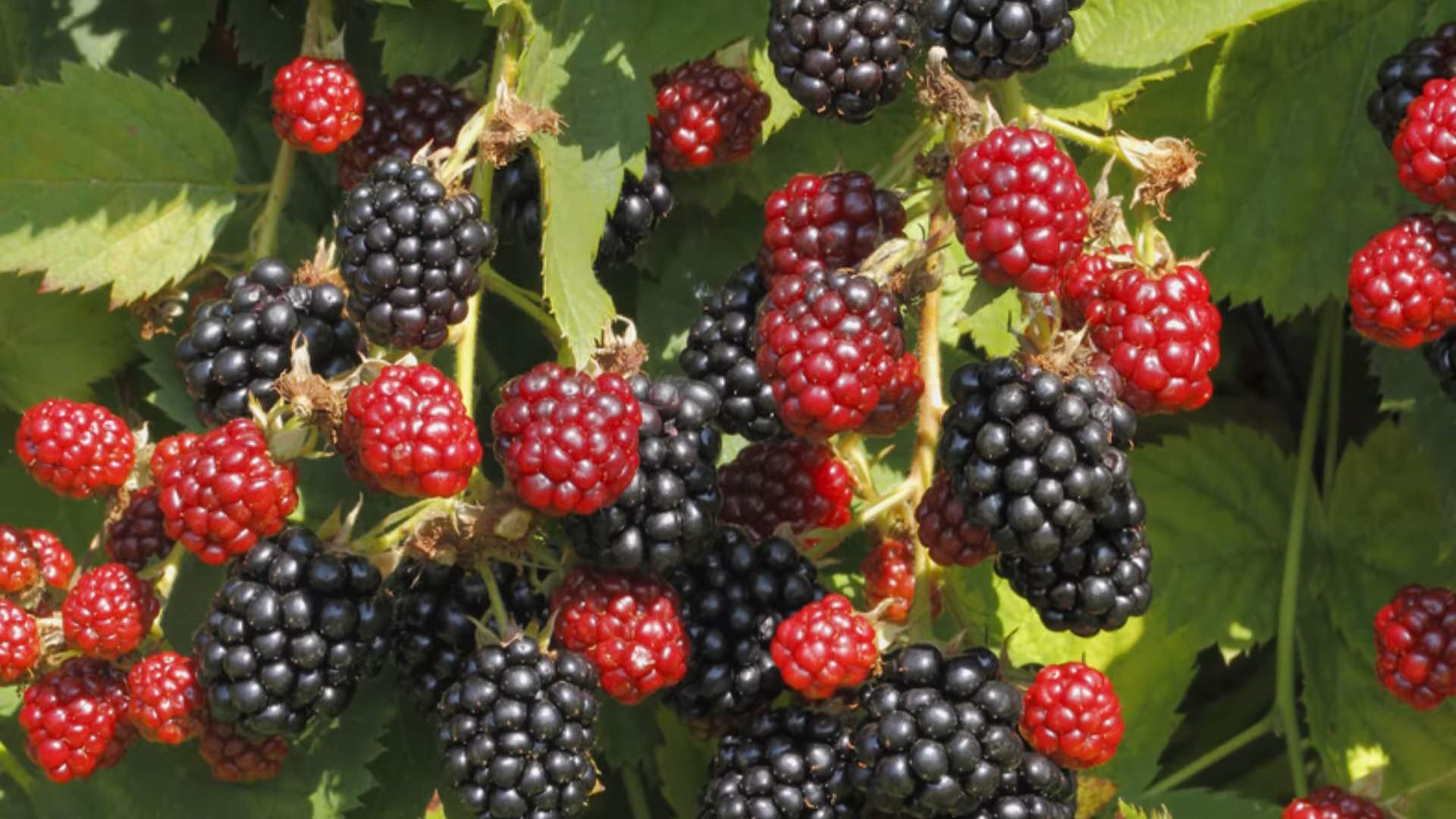
Conclusion
So, there you have it! Growing raspberries at home isn’t just a pipe dream; it’s an achievable and incredibly rewarding endeavor. We’ve walked through the essential steps, from selecting the right variety for your climate and space to nurturing your plants for a bountiful harvest. But why is this DIY project a must-try?
Firstly, consider the unparalleled flavor of homegrown raspberries. Forget the bland, often overpriced berries you find at the grocery store. Imagine sinking your teeth into plump, juicy raspberries, bursting with sweetness and a vibrant tang, picked fresh from your own garden. The difference in taste is simply remarkable.
Secondly, think about the health benefits. Raspberries are packed with antioxidants, vitamins, and fiber. When you grow your own, you have complete control over the growing process, ensuring that your berries are free from harmful pesticides and chemicals. You’re nourishing your body with the purest, most wholesome fruit possible.
Thirdly, growing raspberries at home is a sustainable and environmentally friendly choice. You’re reducing your carbon footprint by eliminating the need for long-distance transportation and minimizing plastic packaging. You’re also contributing to a healthier ecosystem by providing a habitat for pollinators like bees and butterflies.
But the benefits don’t stop there. Gardening is a therapeutic activity that can reduce stress, improve your mood, and connect you with nature. Tending to your raspberry plants can be a relaxing and fulfilling hobby, providing a sense of accomplishment and satisfaction.
Now, let’s talk about variations. While we’ve focused on the basics, there are plenty of ways to customize your raspberry-growing experience. Consider experimenting with different varieties to find your favorites. Explore vertical gardening techniques to maximize space in small areas. Try companion planting to deter pests and improve soil health. You could even delve into organic gardening practices to create a truly sustainable and eco-friendly raspberry patch.
For example, if you have limited space, consider growing dwarf raspberry varieties in containers on your patio or balcony. These compact plants are perfect for urban gardeners and can still produce a surprisingly large yield. Alternatively, if you have a larger garden, you might want to create a dedicated raspberry patch with multiple rows of plants. This will allow you to grow a wider variety of raspberries and enjoy a more abundant harvest.
Another variation is to experiment with different trellising methods. Raspberries can be grown on a variety of trellises, from simple wire supports to more elaborate wooden structures. Trellising helps to keep the canes upright, improves air circulation, and makes harvesting easier.
Ultimately, the best way to learn is by doing. Don’t be afraid to experiment and try new things. Gardening is a journey of discovery, and there’s always something new to learn.
We wholeheartedly encourage you to embark on this rewarding adventure and grow raspberries at home. It’s easier than you might think, and the rewards are well worth the effort. Once you’ve tasted the difference between homegrown and store-bought raspberries, you’ll never go back.
So, grab your gardening gloves, choose your raspberry variety, and get ready to enjoy a bountiful harvest of delicious, healthy, and sustainable fruit. And don’t forget to share your experiences with us! We’d love to hear about your successes, challenges, and favorite raspberry recipes. Share your photos and stories on social media using [Your Hashtag Here] and let’s inspire others to join the raspberry-growing revolution! Happy gardening!
Frequently Asked Questions (FAQ)
What is the best time of year to plant raspberries?
The best time to plant raspberries depends on your climate and the type of raspberry you’re planting. In general, fall or early spring are the ideal times. Fall planting allows the plants to establish their roots before the winter dormancy, giving them a head start in the spring. Spring planting should be done as soon as the ground is workable. For bare-root raspberries, spring planting is often preferred. Container-grown raspberries can be planted at any time during the growing season, as long as you provide them with adequate water and care. Always check with your local nursery or agricultural extension office for specific recommendations for your region.
What kind of soil do raspberries need?
Raspberries thrive in well-drained, slightly acidic soil with a pH between 6.0 and 6.8. The soil should be rich in organic matter, such as compost or well-rotted manure. Avoid planting raspberries in heavy clay soil or soil that is prone to waterlogging, as this can lead to root rot. Before planting, amend the soil with plenty of organic matter to improve drainage and fertility. A soil test can help you determine the pH and nutrient levels of your soil and identify any amendments that may be needed.
How much sun do raspberries need?
Raspberries need at least six to eight hours of direct sunlight per day to produce a good crop of fruit. Choose a planting location that receives full sun, especially during the morning hours. Morning sun helps to dry the leaves and reduce the risk of fungal diseases. If you live in a hot climate, some afternoon shade may be beneficial to prevent the plants from overheating.
How often should I water my raspberry plants?
Raspberry plants need consistent moisture, especially during the growing season and when the fruit is developing. Water deeply and regularly, especially during dry spells. Aim to keep the soil consistently moist but not waterlogged. A good rule of thumb is to water when the top inch of soil feels dry to the touch. Mulching around the plants can help to retain moisture and suppress weeds. Drip irrigation is an excellent way to provide consistent and efficient watering.
Do I need to prune my raspberry plants?
Yes, pruning is essential for maintaining the health and productivity of your raspberry plants. The pruning method depends on the type of raspberry you’re growing (everbearing or summer-bearing). Summer-bearing raspberries produce fruit on the previous year’s canes, so you should prune out the canes that fruited immediately after harvest. Everbearing raspberries produce fruit on the current year’s canes in the fall, so you can prune them back to the ground in late winter or early spring. Regular pruning helps to improve air circulation, reduce the risk of disease, and encourage new growth.
What are some common pests and diseases that affect raspberries?
Raspberries can be susceptible to a variety of pests and diseases, including aphids, spider mites, raspberry cane borers, and fungal diseases like anthracnose and cane blight. Regularly inspect your plants for signs of pests or diseases and take action promptly. Organic pest control methods, such as insecticidal soap or neem oil, can be effective for controlling aphids and spider mites. Proper pruning and good air circulation can help to prevent fungal diseases. Choose disease-resistant raspberry varieties whenever possible.
Can I grow raspberries in containers?
Yes, you can grow raspberries in containers, especially dwarf or compact varieties. Choose a large container with good drainage and fill it with a well-draining potting mix. Water regularly and fertilize as needed. Container-grown raspberries may need to be watered more frequently than those grown in the ground, especially during hot weather.
How long does it take for raspberry plants to produce fruit?
Raspberry plants typically start producing fruit in their second year after planting. However, some everbearing varieties may produce a small crop in their first year. The amount of fruit produced will increase as the plants mature.
How do I harvest raspberries?
Raspberries are ready to harvest when they are plump, juicy, and easily detach from the plant. Gently pull the berries from the canes, being careful not to damage the fruit. Harvest raspberries frequently, as they ripen quickly. Store harvested raspberries in the refrigerator and use them within a few days.
What can I do with my harvested raspberries?
The possibilities are endless! You can eat them fresh, make jam, bake them into pies and muffins, freeze them for later use, or use them to make smoothies and other delicious treats. Raspberries are a versatile and nutritious fruit that can be enjoyed in many different ways.


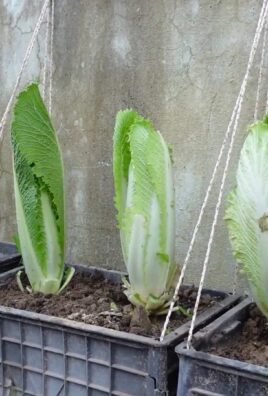
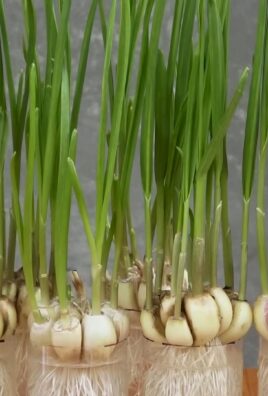
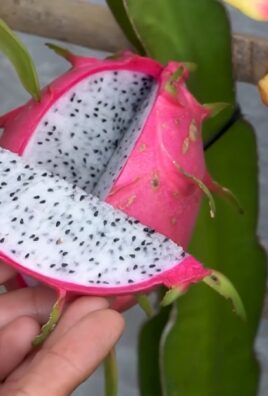
Leave a Comment